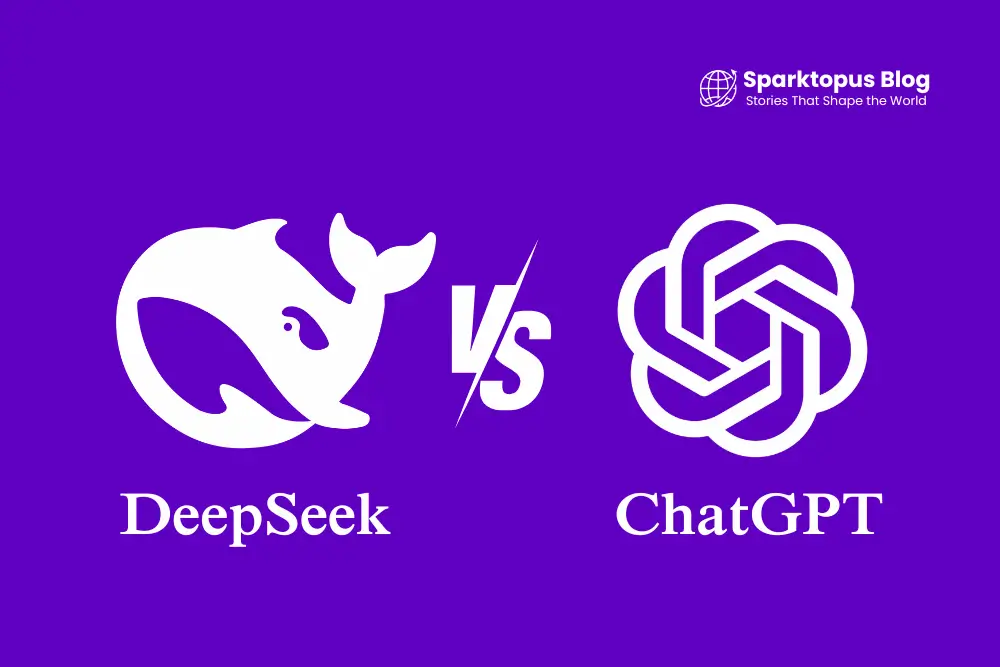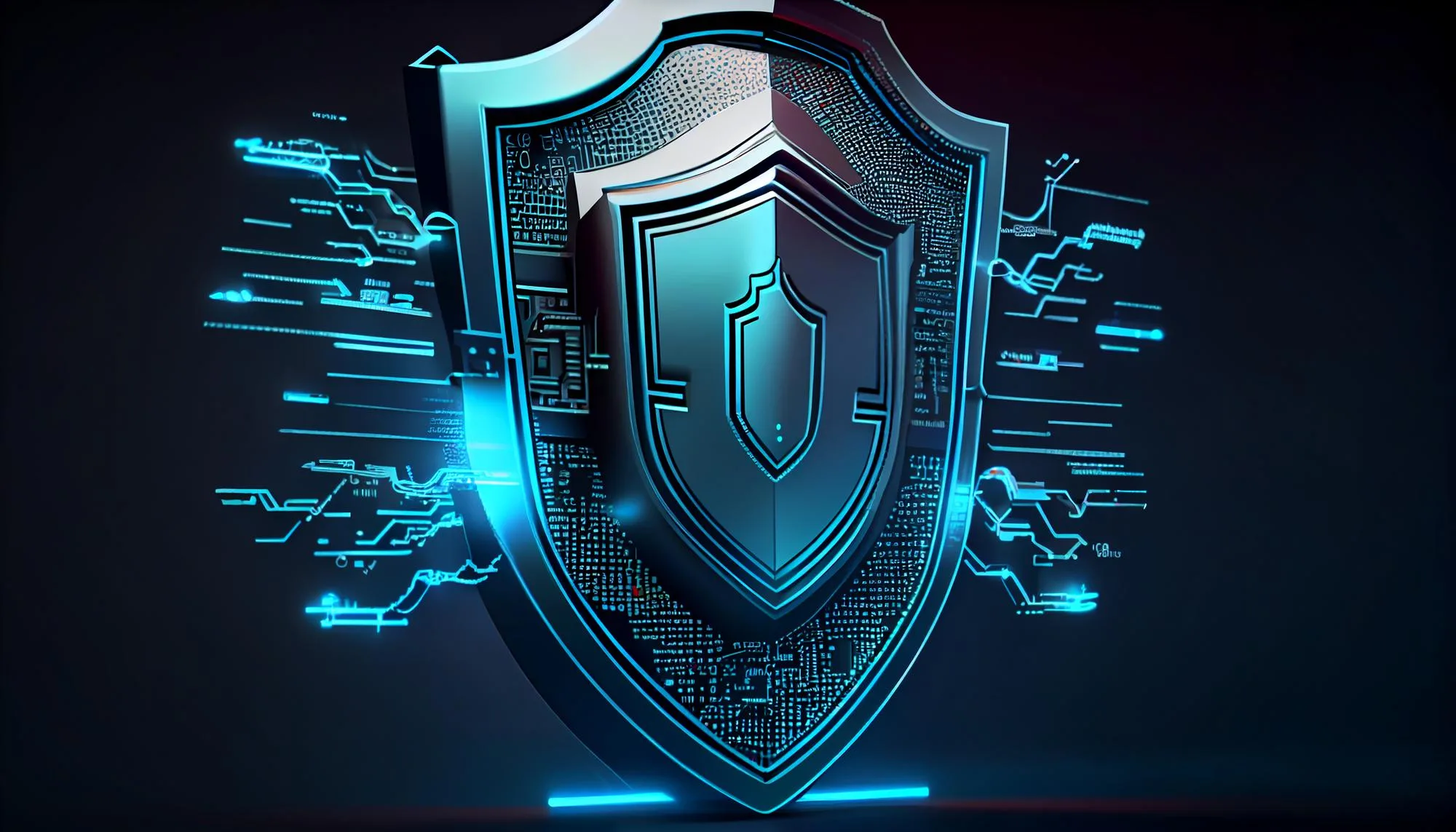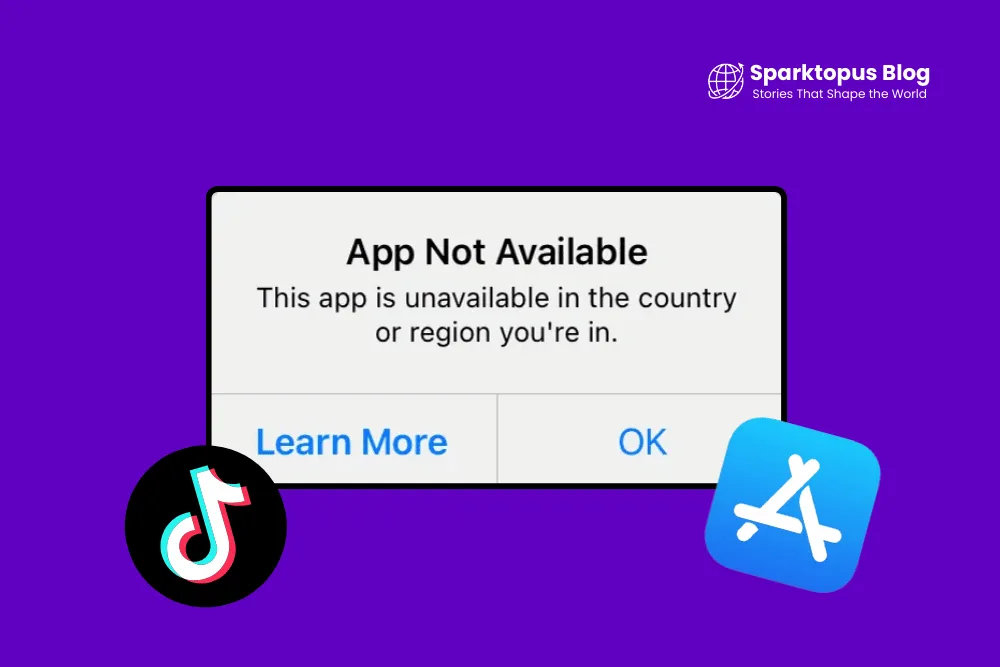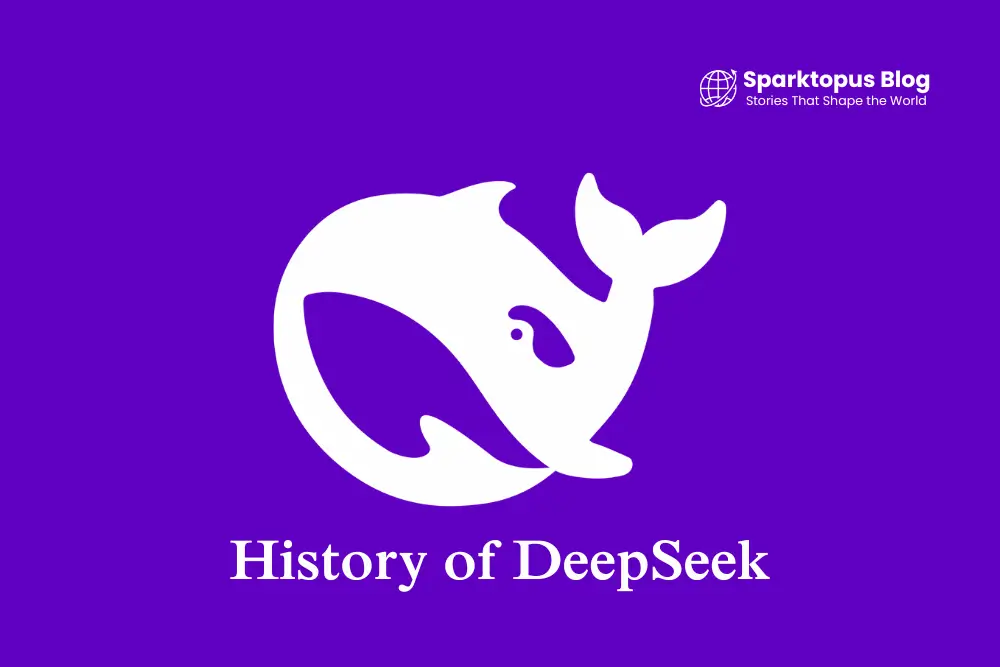History of ChatGPT: Evolution of AI-Powered Conversations
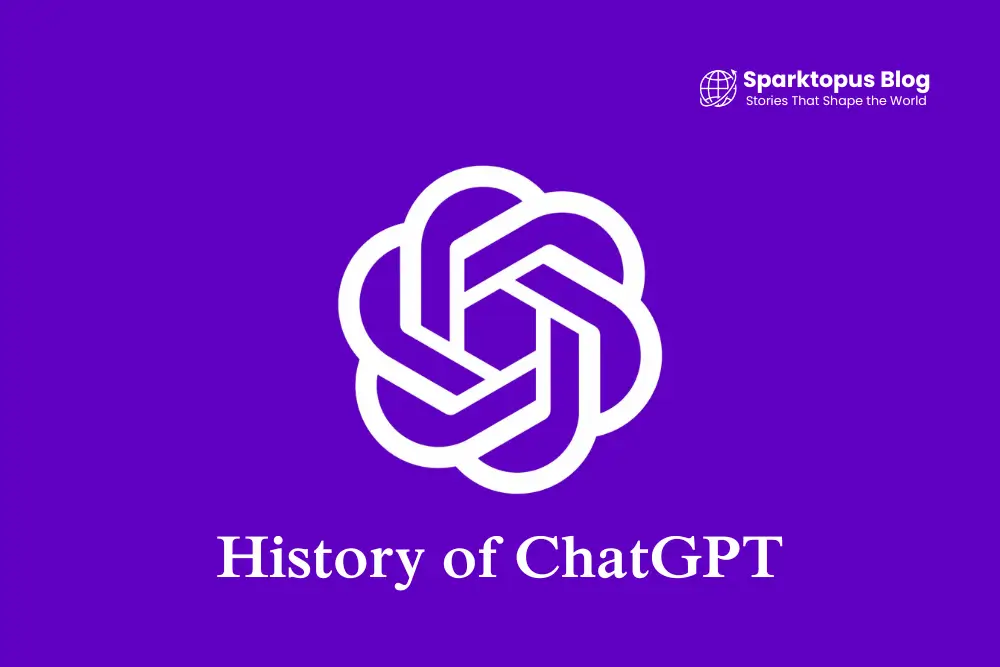
Discover the history of ChatGPT, its evolution, and how it transformed AI-powered conversations. Learn about its development, milestones, and future prospects.
Artificial intelligence (AI) has reshaped how we interact with technology, and one of the most significant breakthroughs in AI-driven communication is ChatGPT. From its early beginnings to its current capabilities, ChatGPT has revolutionized chatbot interactions, natural language processing (NLP), and AI-driven customer service. In this article, we will explore the history of ChatGPT, tracing its evolution from concept to the powerful conversational AI we use today. You may also like to read: History of DeepSeek: The Rise of a Chinese AI Platform.
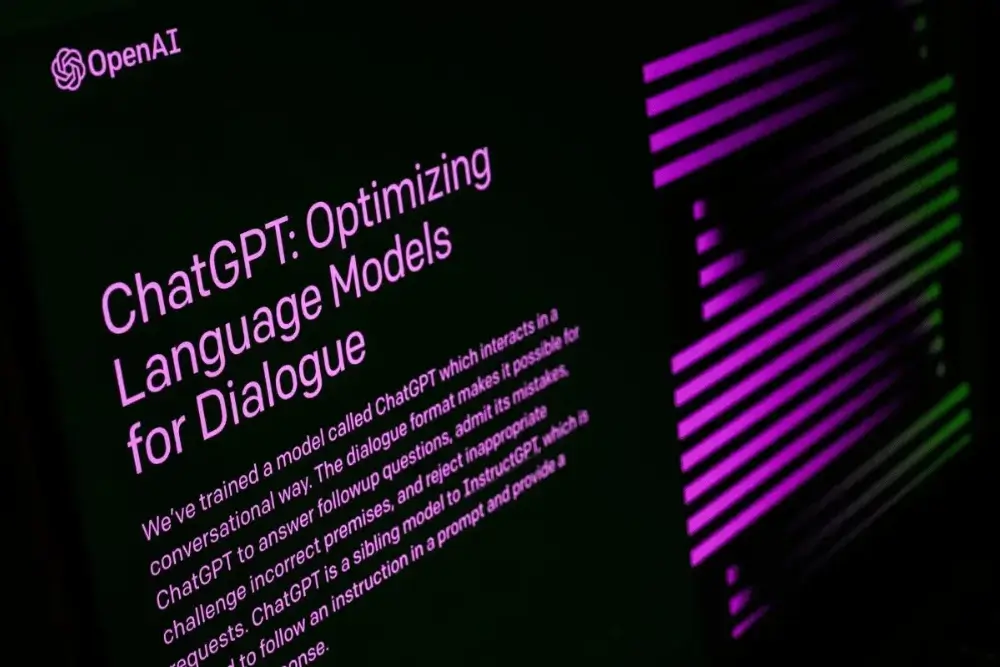
The Birth of AI Chatbots
Before delving into the history of ChatGPT, it’s essential to understand the foundation upon which it was built. AI chatbots have been around for decades, with early examples like ELIZA (1966) and ALICE (1995) demonstrating the potential of computer-generated conversations. These early chatbots, however, relied on predefined scripts and lacked the deep learning capabilities that modern AI models possess.
The Emergence of OpenAI and GPT Models
The history of ChatGPT is deeply intertwined with OpenAI, an AI research organization founded in 2015. OpenAI aimed to push the boundaries of artificial intelligence and ensure that AI benefits humanity. One of its landmark projects was the development of Generative Pre-trained Transformers (GPTs), which form the backbone of ChatGPT.
GPT-1: The Foundation (2018)
OpenAI introduced GPT-1 in 2018, marking the beginning of generative AI models trained on large-scale datasets. GPT-1 used a deep learning architecture called transformers, allowing it to generate human-like text. Despite being a breakthrough, it had limitations in understanding context and generating coherent responses.
GPT-2: The Game Changer (2019)
In 2019, OpenAI launched GPT-2, a more powerful model capable of generating highly coherent and contextually relevant text. GPT-2 was trained on a vast dataset, enabling it to produce long-form text with improved accuracy. Due to concerns about misuse, OpenAI initially hesitated to release the full model, fearing it could be used for disinformation and spam generation.
GPT-3: A Revolutionary Leap (2020)
The release of GPT-3 in June 2020 was a game-changer in AI-driven conversations. With 175 billion parameters, GPT-3 exhibited an unprecedented ability to understand and generate human-like responses. It became widely adopted in applications like AI chatbots, content generation, and coding assistance. Companies started integrating GPT-3 into various industries, making it one of the most versatile AI models in existence.
The Birth of ChatGPT (2022)
OpenAI refined GPT-3’s capabilities to create a specialized conversational AI called ChatGPT in November 2022. Unlike its predecessors, ChatGPT was optimized for dialogue-based interactions, making it highly effective in customer support, tutoring, and creative writing. The public release of ChatGPT as a free chatbot gained immense popularity, with millions of users experiencing the potential of AI-driven conversations.
GPT-4 and Beyond (2023-2025)
The release of GPT-4 in 2023 further enhanced ChatGPT’s capabilities. GPT-4 introduced improvements in reasoning, creativity, and accuracy, allowing users to generate even more sophisticated responses. OpenAI continued to refine the model, introducing ChatGPT Plus, a subscription-based version offering faster response times and improved performance.
The Future of ChatGPT and AI Conversations
The history of ChatGPT is still unfolding, with advancements in AI shaping its trajectory. OpenAI is exploring ways to make ChatGPT more personalized, interactive, and ethical while minimizing biases and ensuring responsible AI use. Future versions may incorporate multimodal capabilities, allowing ChatGPT to process text, images, and voice inputs seamlessly. Visit ChatGPT website.
Conclusion
From its origins in early AI chatbots to its current state as a powerful conversational AI, ChatGPT has come a long way. As AI technology continues to evolve, ChatGPT will likely play an even greater role in shaping human-computer interactions.
Never miss an update! Click the notification bell icon to allow post notifications and follow us @SparktopusBlog on all social media to stay updated!




